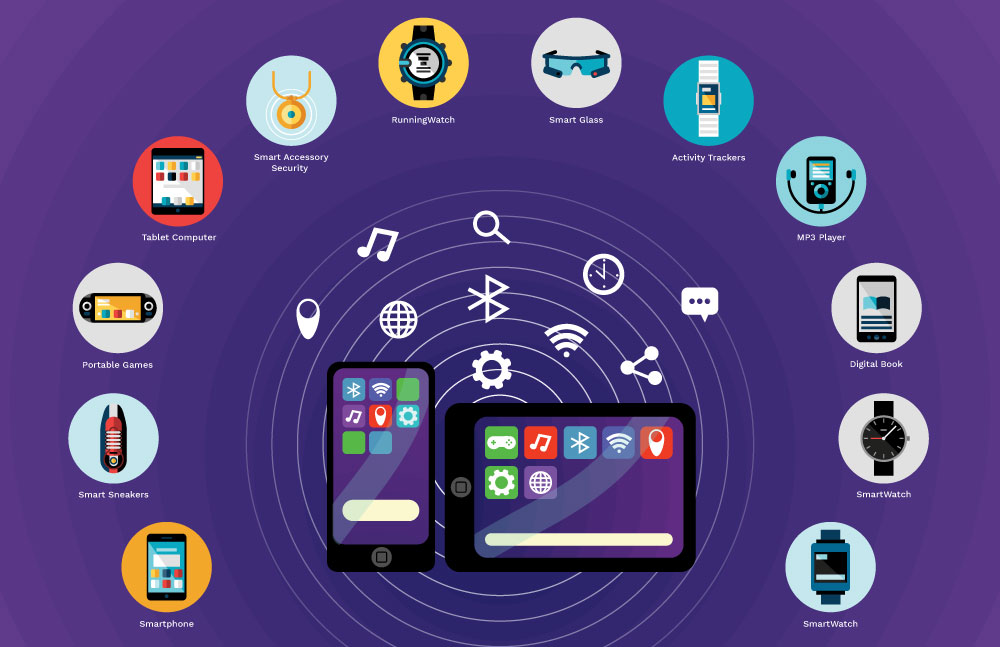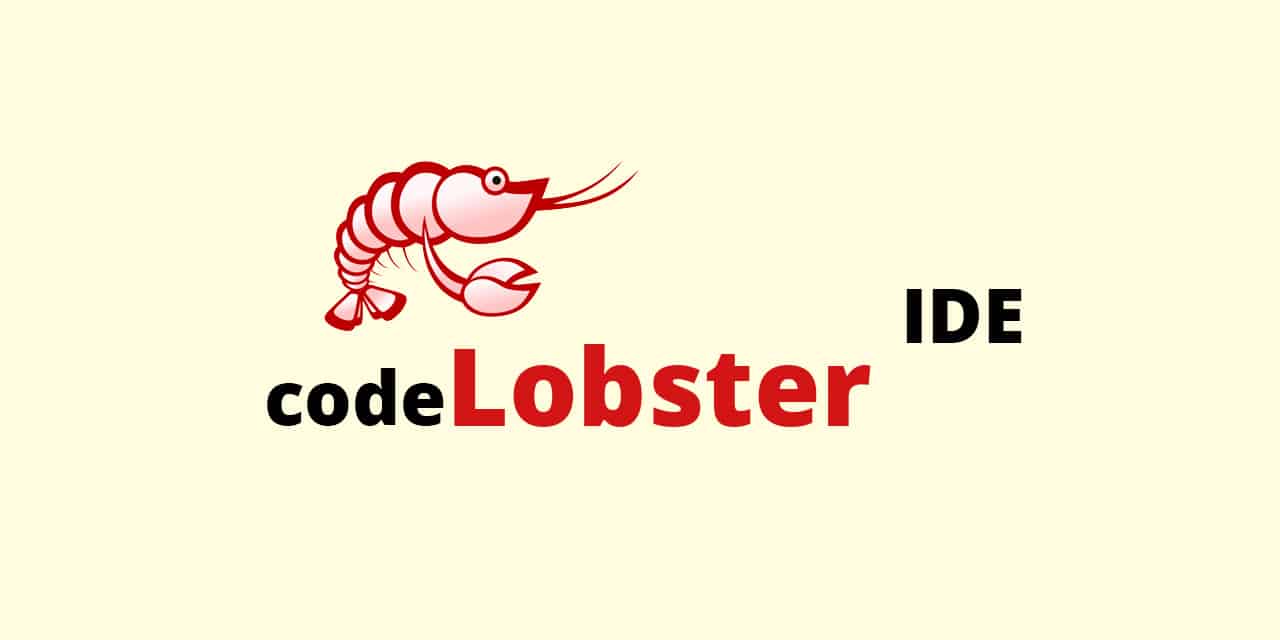Description
Introduction
Bluetooth technology has become ubiquitous in enabling wireless communication between devices such as smartphones, laptops, and various IoT devices. Bluetooth device drivers are essential components that allow operating systems to communicate with Bluetooth hardware. These drivers act as intermediaries between Bluetooth hardware (like Bluetooth adapters or modules) and the operating system, enabling seamless interaction for tasks like data transfer, device pairing, and communication. This course will cover the development and implementation of Bluetooth device drivers, focusing on how they work within the context of modern operating systems, troubleshooting, and best practices for ensuring compatibility and performance.
Prerequisites of Bluetooth Device Drivers
- Basic Programming Knowledge: Familiarity with C or C++ programming languages, as most Bluetooth drivers are developed in these languages.
- Operating System Fundamentals: Understanding of operating system concepts, particularly for Windows and Linux, as they are the primary platforms for Bluetooth driver development.
- Driver Development Basics: Familiarity with kernel-mode programming and device driver architecture, especially for Windows (KMDF/UMDF) and Linux.
- Bluetooth Fundamentals: Basic knowledge of Bluetooth protocols (e.g., Bluetooth Low Energy, Bluetooth Classic) and profiles (e.g., HFP, A2DP, HID).
TABLE OF CONTENT
1. Introduction to Bluetooth Technology
1.1 Overview of Bluetooth specifications
1.2 Bluetooth protocol stack
1.3 Bluetooth profiles
2. Bluetooth Architecture
2.1 Bluetooth hardware components
2.2 Bluetooth layers (Physical, Link, L2CAP, RFCOMM, etc.)
2.3 Bluetooth addressing and naming
3. Bluetooth Low Energy (BLE)
3.1 Introduction to BLE(Ref: Bluetooth Low Energy(BLE))
3.2 BLE architecture and protocol stack
3.3 GATT (Generic Attribute Profile) and ATT (Attribute Protocol)
4. Bluetooth Device Discovery and Pairing
4.1 Inquiry and discovery procedures
4.2 Pairing mechanisms and security considerations
4.3 Bonding in Bluetooth
5. Bluetooth Device Classes and Power Modes
5.1 Bluetooth device classes and their implications
5.2 Low-power modes and energy-saving techniques
6. Bluetooth Device Drivers Overview
6.1 Role of device drivers in Bluetooth communication
6.2 Operating System (OS) support for Bluetooth drivers
7. Bluetooth Driver Architecture
7.1 Kernel space vs. user space drivers
7.2 Bluetooth driver components (HCI, L2CAP, RFCOMM, etc.)
7.3 Interaction with the Bluetooth protocol stack
8. Bluetooth Driver Development Tools
8.1 Overview of development tools and environments
8.2 Debugging and testing tools for Bluetooth drivers
9. Bluetooth Driver Programming
9.1 Writing Bluetooth drivers for different platforms
9.2 Integration with existing device driver frameworks
10. Bluetooth Stack Integration
10.1 Integration of Bluetooth stack with operating systems
10.2 Interaction with the kernel and user space






